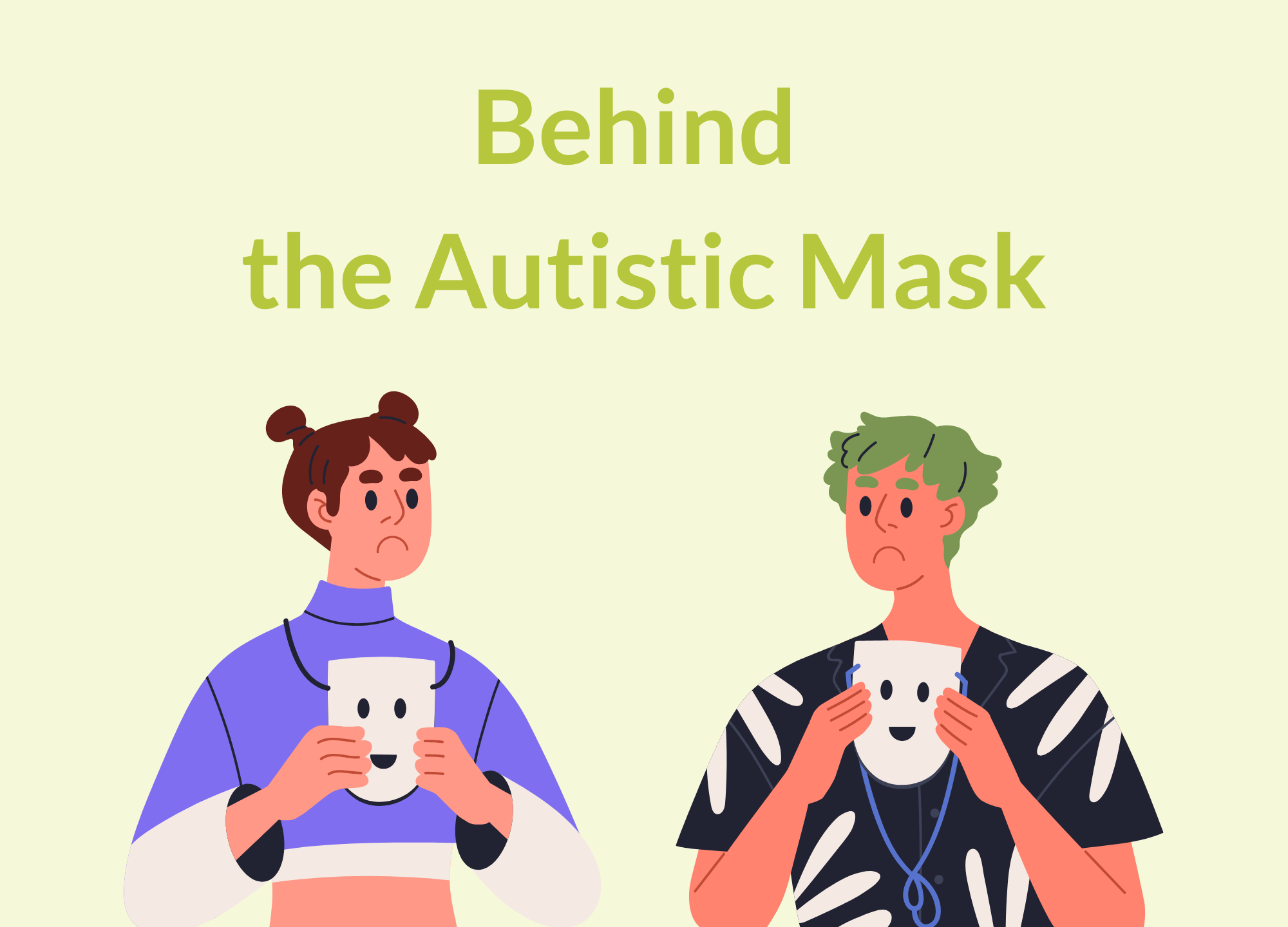
The following information aims to help individuals understand:
- What are Meltdowns?
- Meltdowns vs Anxiety
- Common Triggers and Tools for Managing Meltdowns
- Helpful Resources
A meltdown can be described as an extreme response to an overwhelming situation. They happen when someone temporarily loses control of their behaviour due to being completely overwhelmed by their current situation. This loss of control can be expressed verbally (e.g., shouting, screaming, crying), physically (e.g., kicking, lashing out, biting), or both. Autistic people can find it difficult to express when they are feeling completely overwhelmed and the result is a meltdown.
Sensory differences, changes in routine, and communication difficulties are common triggers of meltdowns. It can be helpful to try to reduce the things that trigger a meltdowns and to have some coping strategies for when they happen.

CAUSE
Meltdowns can be caused by sensory overload, difficulty coping with changes, and feeling overwhelmed



GOAL
A meltdown results in a loss of control due to overwhelming feelings and an inability to cope



REACTION
Reduce the overwhelming factors (create a more calming environment and establish a familiar routine)
Remember – Meltdowns are a sign that your child needs help managing their sensory input and emotions.
Remember…
Meltdowns are a sign that your child needs help managing their sensory input and emotions.
A meltdown is a feeling of overwhelm rather than fear. Meltdowns involve a complete loss of control and may include crying, screaming, or engaging in repetitive behaviours. Anxiety, on the other hand, is characterised by intense fear and physical symptoms, such as feeling sick, your heart beating really fast, sweating, or shaking.
SENSORY CONSIDERATIONS
CHANGE IN ROUTINE
COMMUNICATION DIFFICULTIES
The Trigger:
Many people with autism have sensory difficulties. They may be over-sensitive to some senses, under-sensitive to others, or a combination of both. For someone with autism, a crowded space with lots of noise could cause pain and sensory overload, which can lead to a meltdown.
The Trigger:
Predictable routines and consistent structure are very important for autistic people. Any changes to these will be very distressing.
The Trigger:
It can be difficult for autistic people to express their wants and needs. This can result in overwhelming feelings, such as anger and frustration, and lead to a meltdown.
Tools to Manage:
In these instances, it could be helpful to listen to calming music on headphones and block out the noise.
Alternatively, you could create a low arousal environment (e.g., remove bright lights) or use sensory equipment (e.g., glasses with dark or coloured lenses, ear defenders, or a weighted blanket).
Tools to Manage:
Clear visual supports explaining any routine changes, reassurance that the rest of the routine remains the same, and adding extra support such as a calming/comforting activity to do as part of the routine might help.
For unexpected changes, you could create a specific plan, such as: the use of a picture symbol to explain the change, reinforcement of the rest of the day being the same (if that’s the case), or a chance to express any frustration appropriately (such as hitting a pillow or ripping paper) followed by an activity that is calming such as taking deep breaths or squeezing a stress ball.
You could also implement a clear timetable explaining when the transitions will be or use timers to count down to transitions.
Tools to Manage:
Things that can support this include social stories , Picture Exchange Communication Systems (PECS), writing down information, speaking in short, clear sentences, and using technology such as tablets, voice software, and instant messaging.
SENSORY CONSIDERATIONS
The Trigger:
Many people with autism have sensory difficulties. They may be over-sensitive to some senses, under-sensitive to others, or a combination of both. For someone with autism, a crowded space with lots of noise could cause pain and sensory overload, which can lead to a meltdown.
Tools to Manage:
In these instances, it could be helpful to listen to calming music on headphones and block out the noise.
Alternatively, you could create a low arousal environment (e.g., remove bright lights) or use sensory equipment (e.g., glasses with dark or coloured lenses, ear defenders, or a weighted blanket).
CHANGE IN ROUTINE
The Trigger:
Predictable routines and consistent structure are very important for autistic people. Any changes to these will be very distressing.
Tools to Manage:
Clear visual supports explaining any routine changes, reassurance that the rest of the routine remains the same, and adding extra support such as a calming/comforting activity to do as part of the routine might help.
For unexpected changes, you could create a specific plan, such as: the use of a picture symbol to explain the change, reinforcement of the rest of the day being the same (if that’s the case), or a chance to express any frustration appropriately (such as hitting a pillow or ripping paper) followed by an activity that is calming such as taking deep breaths or squeezing a stress ball.
You could also implement a clear timetable explaining when the transitions will be or use timers to count down to transitions.
COMMUNICATION DIFFICULTIES
The Trigger:
It can be difficult for autistic people to express their wants and needs. This can result in overwhelming feelings, such as anger and frustration, and lead to a meltdown.
Tools to Manage:
Things that can support this include social stories , Picture Exchange Communication Systems (PECS), writing down information, speaking in short, clear sentences, and using technology such as tablets, voice software, and instant messaging.
For helpful links, resources, articles and support for autistic people and their families.
For helpful resources and support around mental health. You can also call them on 0300 123 3393 or text 86463 (9am-6pm on weekdays).
Mental health charity for young people. They also have a parent helpline on 0808 802 5544 (9:30am-4pm on weekdays).
For helpful links, resources, articles and support for autistic people and their families.
For helpful resources and support. You can also call them on 0300 123 3393 or text 86463 (9am-6pm on weekdays).
Mental health charity for young people. They also have a parent helpline on 0808 802 5544 (9:30am-4pm on weekdays).
A free helpline for anyone struggling to cope. Call 116 123 (24 hour support) to talk to Samaritans, or email: [email protected] for a reply within 24 hours
24/7 text-based crisis support. Text “SHOUT” to 85258. Their website also has lots of information to help understand suicidal thoughts and to prevent acting on these.
For under 19’s with either online or over the phone support using 0800 1111 (Calls do not appear on phone logs).
A free helpline for anyone struggling to cope. Call 116 123 (24 hour support) to talk to Samaritans, or email: [email protected] for a reply within 24 hours
24/7 text-based crisis support. Text “SHOUT” to 85258. Their website also has lots of information to help understand suicidal thoughts and to prevent acting on these.
For under 19’s with either online or over the phone support using 0800 1111 (Calls do not appear on phone logs).
Call on 0800 58 58 58 (5pm–midnight every day) if you're affected by suicide or suicidal thoughts. If you’d prefer not to speak on the phone, you can try their webchat service.
For under 19’s with either online or over the phone support using 0800 1111 (Calls do not appear on phone logs).
Call on 0800 58 58 58 (5pm–midnight every day) if you're affected by suicide or suicidal thoughts. If you’d prefer not to speak on the phone, you can try their webchat service.
For under 19’s with either online or over the phone support using 0800 1111 (Calls do not appear on phone logs).
Related Blog Articles

Children Who ‘Mask’ or ‘Camouflage’ Their Autism

It’s Not Only Girls Who Can Mask

Diagnostic concerns and revisions to the DSM 5
CAT-Q Camouflaging Test
If you’d like to Assess if you might be camouflaging your Autism, the free test is quick, easy, and provides instant results.
Join Our Newsletter Today!
We hope this topic was helpful and interesting! If you’d like to keep learning more, join our mailing list. We’ll send you more info sheets, free webinars, podcasts, and blog posts – all kinds of great stuff! And don’t worry—you can unsubscribe anytime if you change your mind. Thanks again!
"*" indicates required fields











